31. Desaparadiso (2015)
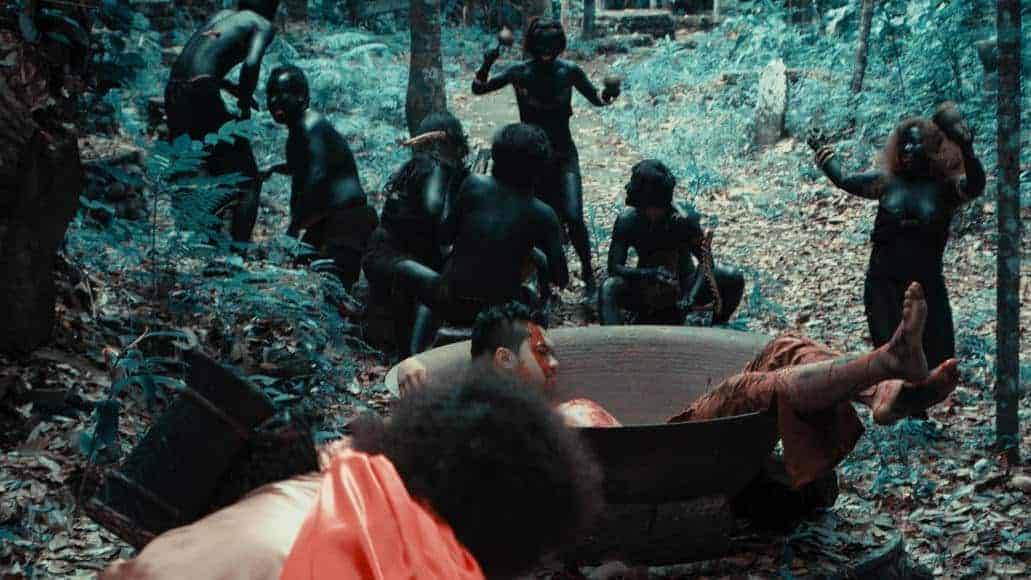
The film is split in three parts, with the last two following (somewhat) the “Ibong Adarna“, the 16th-century Filipino epic poem. The first part presents footage from the period and the events that took place under piano music. After a bit, the music changes to reggae, and the footage to that of scenes of movies from the era, with the combination highlighting the circumstances of the era quite clearly.
32. Filipiniana (2016)
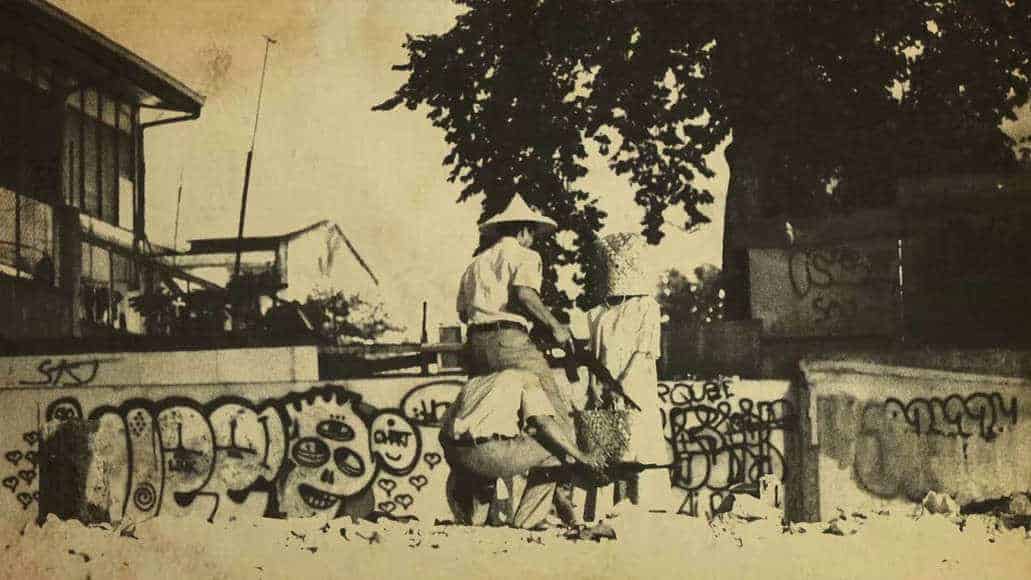
The segments are all very brief, but Khavn's “blasphemous” sense of humor is here once again, with a number of them being hilarious in their absurdity. Khavn seems to “pay tribute” to the limitations the people who shot film at the time faced, mostly using humor. The use of music is also very interesting, with the track in the jungle segment being the most memorable.
33. Alipato: The Very Brief Life of an Ember (2016)

“Alipato” features a number of images that could easily be characterized as appalling. Starting from the children that roam the streets half naked, carrying guns, smoking cigarettes, beating and killing people, to a number of extreme sex scenes involving an old lady and a pregnant woman, to the club in a pig sty frequented by cops (the association is quite evident), the movie thrives with extreme images. Even the comic strip actually shows scenes of rape in the prison. However, Khavn, with the help of Albert Banzon's cinematography, and the aforementioned techniques in sound and editing, manages to keep all these images from becoming grotesque and appalling. Along with the motley colors that characterize the whole of the film, he portrays a detached view of the occurrences, which seems similar to a comic book rather than actual events. Furthermore, through these images, Khavn makes a clear comment regarding the situation in the slums of Manila, where children holding guns is not an usual spectacle.
Buy This Title
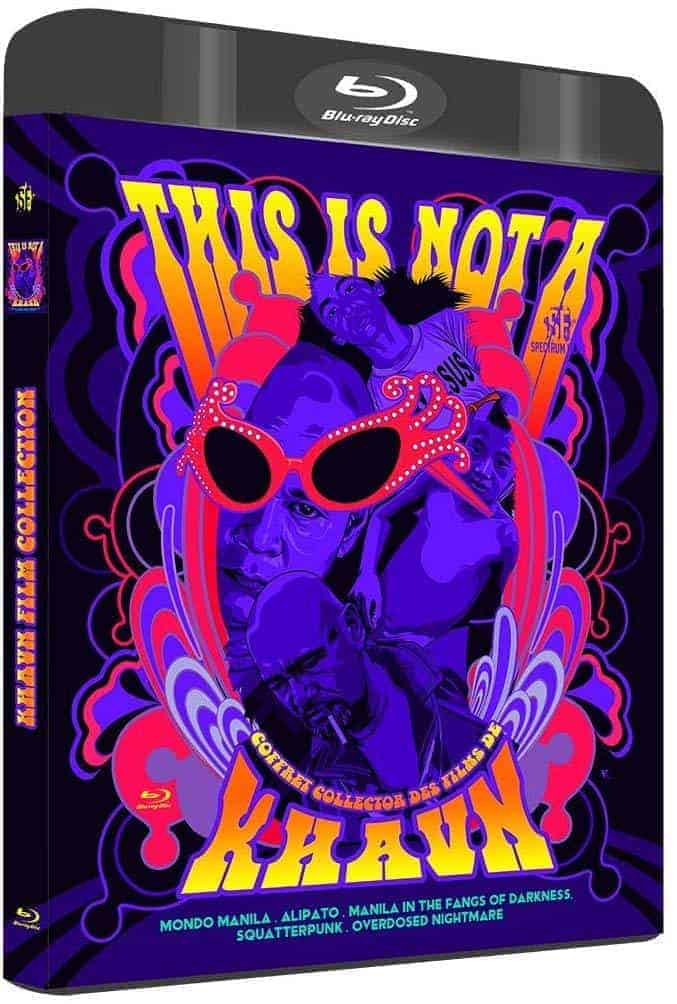
34. Aswang (1933) (2017)

As Khavn pays another absurd tribute to a film that was probably a horror, his short seems to follow the visual “rules” of the genre, particularly through the ritualistic images that dominate the narrative. A number of scenes seem to share some similarities with “Ringu” in terms of atmosphere and approach, but again, this lasts for just a few moments, since the trademark chaos of Khavn eventually takes over.
35. Balangiga: Howling Wilderness (2018)
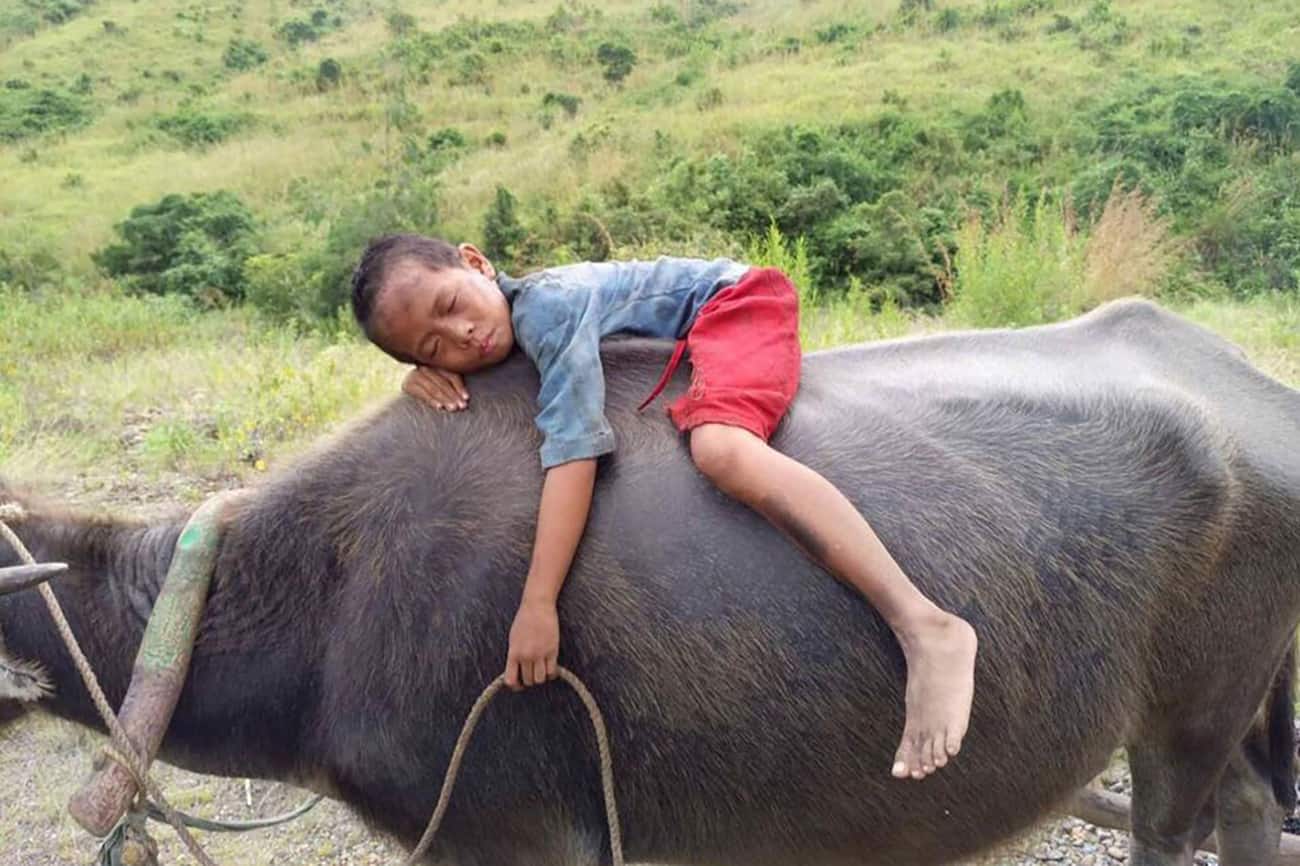
Khavn directs a movie that functions as a road trip of episodic nature, with the episodes having the form of both sequences and of abrupt appearances of strange individuals and behaviors, such as a constantly cursing monk, a radio playing an American song cursing Filipinos or a pig dying on a stick. These sequences and images are often grotesque, crude, and violent, but Khavn manages to communicate the atrocities the American performed in the area through them, in a style somewhere between the abstract and the surrealistic.
36. Bamboo Dogs (2018)

Khavn uses his own unique approach to present a very serious topic, once more pulling no punches in both his comments about the case and his presentation. Furthermore, the focus is not actually on the case, but on the ties of the police with organized crime, and in general the corruption of the Force at the time. At the same time, the fact that not all police officers were the same is highlighted quite eloquently, although this is a comment on the level of corruption and cruelty and not on its existence. (Panos Kotzathanasis)
37. Juan Tamad Goes To The Moon (1898) (2018)
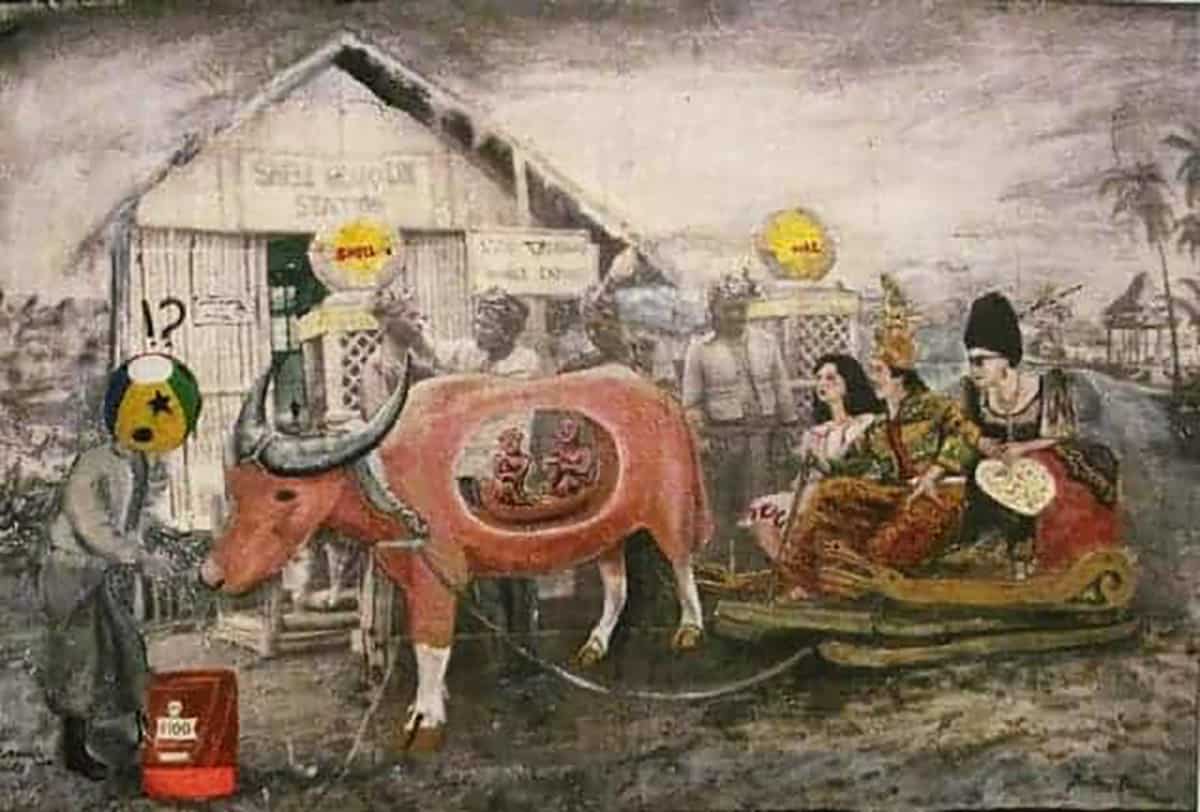
The images are dominated by a blue hue that makes it somewhat difficult to discern what is happening, with the same applying to a number of spots that frequently appear on screen, and a couple of sequences presenting frames within frames. At the same time, however, the quality of the image, and thus, the production, is evident, even beneath the aforementioned “tricks”.
38. Happy Lamento (2018)
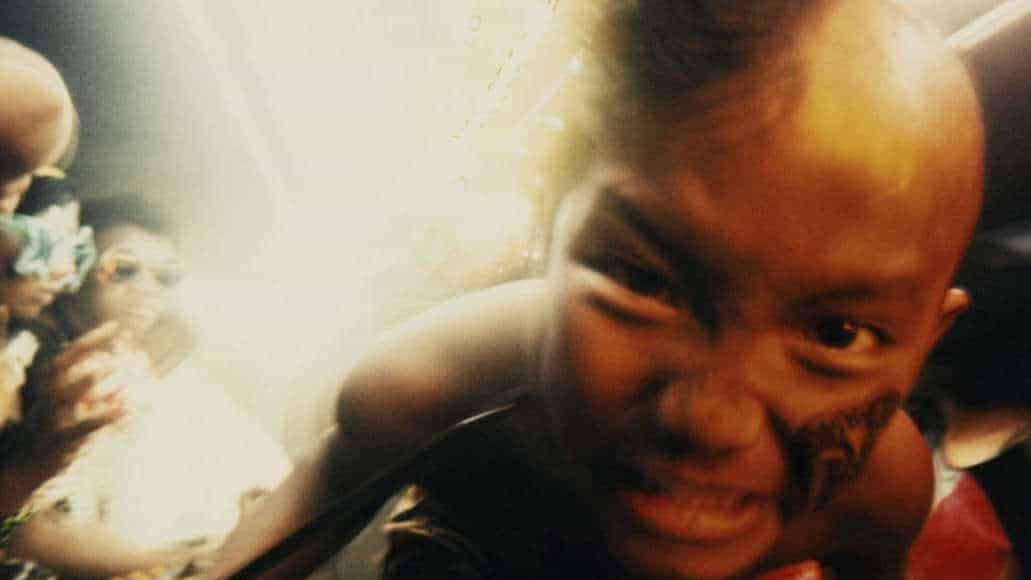
Additionally, the film contains images and scenes from Khavn's “Alipato – The Very Brief Life of an Ember” (2016), a movie set in a version of Manila in the future discussing gang violence and the overwhelming desolation of Filipino society. Seemingly with no or little connection to the parts directed by Kluge, they, nevertheless, emphasize the overall theme of happily lamenting about various conditions, from the banal to more important issues. (Rouven Linnarz)
39. Orphea (2020)

For those familiar with “Happy Lamento” “Orphea” will seem almost like the logical continuation of the themes in the former film, albeit with a more structured narrative provided by the source material. Additionally, intertitles such as “The retrieval of the dead” or “Gathering the lost utopia in the underworld” provide a distinction of the various chapters in the 99-minute-long feature. At the same time, especially the many musical interludes, delivered by the imploring and mystifying voice of German actress Lilith Stangenberg, emphasize the idea of the whole movie as a cinematic conjuring of a utopia which has been lost at some point. (Rouven Linnarz)
40. Gunam-gunam X Guni-guni Rumi X Phantasm (2020)
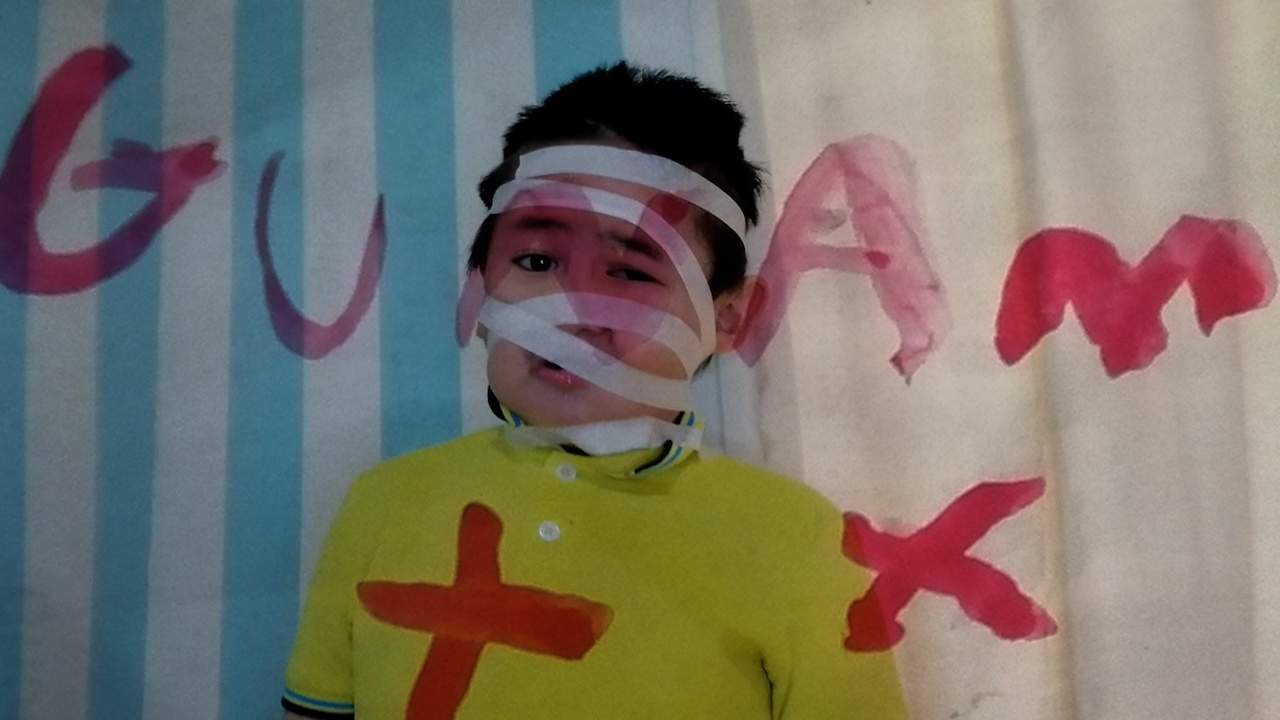
The script is adapted from the book “Supporting Materials for Teaching the Filipino Language”, written by Khavn's mother, Kelly Clarinda (a former elementary teacher), with her also functioning as the narrator of the film, reading passages of some of the poems she compiled in the past. The short follows the path of a children's movie, although in a fashion that is unique as it is chaotic, through a collage-like approach, of radically different segments, all of which have the two kids in focus. Initially, the two of them are interacting inside the house, with the camera following around in a rather intense speed, while occasionally, bell-like sounds form the soundtrack of these sequences. Then, the two of them start playing in a backyard of sorts, while the next one has them dressed in rather motley clothes, eating ice cream cones as cinematically as possible. With their masks on, Guni-guni is chasing after Gunam-gunam, with the latter looking rather cool, despite the “dire” situation. Occasionally, drawings that seem created by children are superimposed on the screen.












